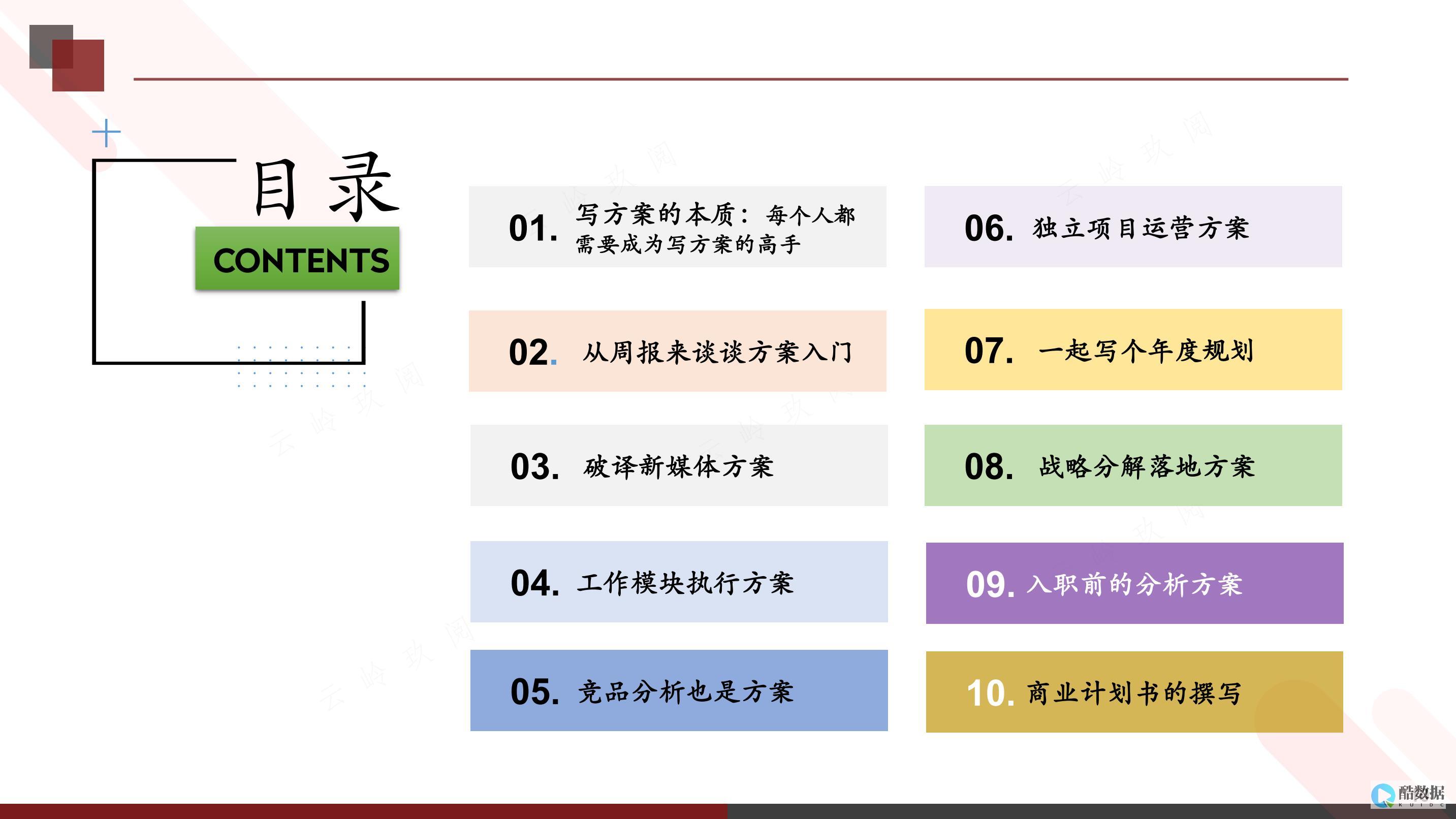Linux is a popular open source operating system. It is used by many businesses and individuals to manage computer systems. In Linux, every file and folder has a set of access permissions, which determines who can read, write, or execute it. These permissions are referred to as “file attributes” and they are responsible for setting the degree of control a user has over a given file. Knowing how to set the correct file attributes can help you keep your system secure and organized.
The command used to modify the permissions of a file or folder in Linux is ‘chmod’. This command stands for “Change Mode” and it takes an argument for the type of change to be made. Basically, the argument consists of three digits which represents the user, group and other read, write and execute permissions. For example, you can use the following command to assign read, write and execute permissions to a file:
`chmod 755 filename`
This command will grant read, write and execute permissions to the user, read and execute permissions to the group, and only read permissions to “other”. Here, the first digit is the read, write and execute permissions for the user. The second digit is the read and execute permissions for the group, and the third digit is the read permissions for other.
You can also set permissions for symbolic links using the same `chmod` command. Symbolic links are essentially shortcuts to other files or folders. Here, the numeric argument you use is slightly different. The numeric argument is usually something like 4755. Here, 4 is the read and write permissions for the user, 7 is the read and execute permission for the group and 5 is the read permission for other.
When setting file permissions, you should also be aware of the type of file you are setting permissions for. For example, executable files typically need to have read and execute permissions set for the group and other.
In short, setting the correct permissions on files is an important part of maintaining a secure and organized Linux system. The `chmod` command is used to modify the permissions of a file or folder. This command takes a numeric argument, which is used to specify the read, write and execute permissions for the user, group and other. Finally, you should also take into account the type of file when setting permissions.
香港服务器首选树叶云,2H2G首月10元开通。树叶云(shuyeidc.com)提供简单好用,价格厚道的香港/美国云 服务器 和独立服务器。IDC+ISP+ICP资质。ARIN和APNIC会员。成熟技术团队15年行业经验。

linux /etc的权限 设置
我来给你说说吧。 首先,一个文件有3个属性,LINUX规定,r为4,w为2,x为1,那么,chmod 777 /etc 的意思就是,etc目录,的自己,所在组,别人都是可读可写,可执行。 也就是你这么个情况。 所以,想改变属性,就chmod xxx /etc就可以了。 那么,如果你想把下面的所有目录都改的话,就是chmod -R XXX /etc 就可以了。 -R的意思是持续更改,将目录下所有的文件、目录都一同更改。 我现在的电脑没有LINUX系统,全靠学的,应该没有错,你可以试试
linux设置文件的权限
mkdir /testsetfacl -muser:u1:rwx /testsetfacl -muser:xh:r-x /test
LINUX系统的常用命令,最好能有一些例子的演示..
管理文件和目录的命令ls 列出目录下的内容 常用参数有 -a 显示指定目录下所有目录与文件,包括隐藏文件ln 连接一个文件 常用参数有 -s 表示是符号连接,如果不用参数则是硬连接 显示文件内容或连接两个或多个文件 如#cat 则显示出文件的内容#cat filea fileb > fileC 表示把文件filea和fileb的内容合并在filec中more 分布显示文件内容 常用参数有-p 显示下一屏之前先清屏 -d 在底部提示信息 删除一个文件 常用参数有 -i 交互式操作,则在执行操作前会提示你 -f 和 -i相反一点也不提示cp 复制文件或目录到另一个文件或目录rm 删除一个目录中的一个或多个文件和目录 常用参数有-i 交互式操作,则在执行操作前会提示你 -f 和 -i相反一点也不提示mkdir 创建一个目录 常用参数有-m 对新目录设置权限,-p表示要创建的路径名称rmdir 删除目录 常用参数有-p 删除所有该目录及子目录.文件系统和磁盘空间的命令df 磁盘空间检查du 显示磁盘空间的使用情况find 搜索文件,并执行指定的操作,功能强大 挂载文件系统umount 卸载文件系统文件备份和压缩命令tar 为文件目录创建档案,打包文件,解压和压缩文件,常用参数有 -zxvf解压文件 -cvf压缩文件用户管理及设定权限命令dduser 新增用户chmod 修改文件/目录的属性语法 chmod [who] [+ - =] [mode] 文件名who 可以是u 用户 g 组 o 其他 a 表示所有用户,系统默认值+ 添加某个权限 -取消某个权限 = 赋予指定权限并取消其他所有权限mode可以是r 可读 w 可写 x 可执行 如#chmod ug +w,o-x text 设定文件text的属性为,文件属主(u)增加写权限,与文件属主同组用户(g)增加写权限,其他用户(o)删除执行权限还有一种是数字设定法0表示没有权限,1表示可执行权限,2表示可写出权限,4表示可读权限,然后将其相加,其顺序是(u)(g)(o) 如:#chmod 777 设定它的属性为文件属主、同组用户、其他人可读可写可执行chown 语法:chown [选项] 用户或组 文件或目录参数 -R 改变指定目录及其所有子目录和文件的属主-v显示chown命令所做的工作su 让普通用户拥有超级用户或其他用户的权限 语法: su [选项][用户账号],参数:-c执行一个命令后就结束who 查看当前登录的用户情况wall 对全部已登录用户发送信息write 向系统某个用户发送信息查看系统信息命令shutdown 正常关机ps 查看目前程序执行的情况 参数 -auxtop 查看目前程序执行情况和内存使用情况kill 关闭一个正在执行的程序uname 查看核心版本uptime 查看系统负载free 查看目前内存的使用情况网络操作命令ftp 传送文件telnet 连接到其他计算机netstat 查看网络状况finger 查询某个用户的数据ping 查询某个机器是否开着希望楼主常用google 或 网络:///search?q=LINUX%CF%B5%CD%B3%B5%C4%B3%A3%D3%C3%C3%FC%C1%EE&hl=zh-CN&inlang=zh-CN&ie=GB















发表评论